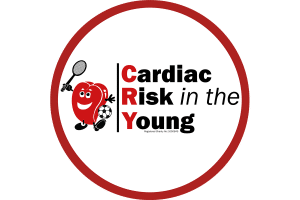An ICD stands for an internal cardioverter defibrillator. This is a device that is implanted into the body under local anaesthetic . The patient usually comes in as a day case to have the procedure done and the device lives just under the left collar bone. We make a 5cm incision under the left collar bone and we make a pocket under which this device – which is about this big – lives. The device is connected to two leads and these leads are inserted into the heart by making a puncture under the collar bone and accessing the veins that take us to the heart. The leads are then secured into the heart and the wound is sewn up and the patient is ready to leave. The big question mark is who gets an ICD and what it does.
The job of an ICD is to watch the heart day and night – that is, to watch the heart specifically for fatal rhythm disorders. If this lead identifies a fatal rhythm disorder, it will try its level best to pace the heart back into a normal rhythm. If after about 20 beats it fails to do so, it will deliver a small shock of 20 joules that will restore the heart back into a normal rhythm. So it’s a life saving device. The sort of people that get ICDs are those who have already survived a sudden cardiac death. If someone’s been fortuitous enough to survive a sudden cardiac death, we will not let that happen again. That sort of individual will have an ICD without any questions. Other people that get ICDs are those individuals with hypertrophic cardiomyopathy, arrhythmogenic right ventricular cardiomyopathy, Brugada syndrome and long QT syndrome who are deemed to be at high risk of sudden death and we have various investigation protocols that can identify high risk individuals versus low risk individuals.
It’s also important that many acquired conditions can also predispose to sudden death. For example there may be some individuals who have suffered a bout of myocarditis that has rendered them with a very poor ventricle that is prone to very nasty rhythm disturbances. That group of people may also require an internal cardioverter defibrillator.




